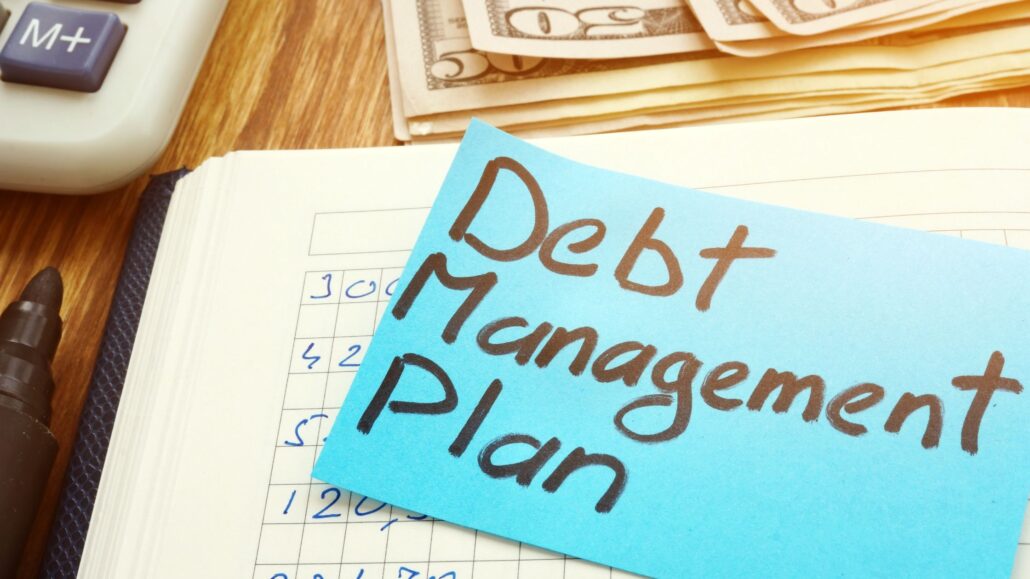This post may contain affiliate links.We may earn little commission or products from the companies mentioned in this post.
Not all debt payment strategies will give you the same result no matter how good they are. You must know your type of debt and the best strategy for it. This post will help you with that. We will see what category your debt falls in and how to pay it off without breaking a sweat.
Debt Types or Categories
Debt can take various forms, each with its own characteristics and implications. Here are the different types of debt:
1. Secured Debt
- Definition: Debt that is backed by collateral, which the lender can seize if the borrower defaults.
- Examples:
- Mortgage: A loan to purchase real estate, with the property serving as collateral.
- Auto Loan: A loan to purchase a vehicle, with the vehicle serving as collateral.
- Home Equity Loan/Line of Credit (HELOC): A loan or line of credit secured by the equity in a home.
2. Unsecured Debt
- Definition: Debt that is not backed by collateral. Lenders rely on the borrower’s creditworthiness.
- Examples:
- Credit Card Debt: Revolving credit with high interest rates.
- Personal Loans: Fixed-term loans based on the borrower’s credit score and income.
- Student Loans: Loans to cover education costs, typically with lower interest rates and various repayment options.
3. Revolving Debt
- Definition: Debt that can be borrowed, repaid, and borrowed again up to a certain limit.
- Examples:
- Credit Cards: Allow continuous borrowing up to the credit limit.
- Lines of Credit: Similar to credit cards but can include personal or business lines of credit.
4. Installment Debt
- Definition: Debt repaid in fixed amounts (installments) over a specified period.
- Examples:
- Mortgages
- Auto Loans
- Personal Loans
5. Secured Credit Cards
- Definition: Credit cards that require a security deposit, serving as collateral and determining the credit limit.
- Examples: Often used by individuals with poor or limited credit history to rebuild credit.
6. Payday Loans
- Definition: Short-term, high-interest loans meant to cover expenses until the borrower’s next payday.
- Examples: Often used for emergency expenses, but can lead to a cycle of debt due to high fees and interest rates.
7. Medical Debt
- Definition: Debt incurred from medical expenses that are not covered by insurance.
- Examples: Hospital bills, surgery costs, and other healthcare-related expenses.
8. Business Debt
- Definition: Debt taken on by businesses to finance operations, expansion, or other activities.
- Examples:
- Business Loans: Loans for business purposes, including startup costs, equipment, and expansion.
- Business Lines of Credit: Revolving credit lines for business use.
9. Student Loans
- Definition: Loans specifically for educational expenses, often with favorable terms.
- Examples:
- Federal Student Loans: Government-backed loans with fixed interest rates and various repayment options.
- Private Student Loans: Non-government loans with variable terms and interest rates.
10. Consumer Debt
- Definition: Debt incurred by individuals for personal, family, or household purposes.
- Examples:
- Credit Cards
- Personal Loans
- Auto Loans
11. Tax Debt
- Definition: Debt owed to the government due to unpaid taxes.
- Examples:
- Federal Income Taxes: Unpaid federal taxes.
- State Taxes: Unpaid state taxes.
12. Legal Debt
- Definition: Debt resulting from legal judgments or settlements.
- Examples:
- Judgment Debt: Court-ordered payments resulting from lawsuits.
- Settlement Agreements: Debt from legal settlements between parties.
Understanding the types of debt you have can help in developing a targeted strategy for repayment and financial management.
12 Debt Payment Strategies
1. Prioritize High-Interest Debt:
Focus on paying off high-interest debts first, as these accumulate the most interest over time.
This is often referred to as the “avalanche method”.
2. Debt Snowball Method:
Pay off your smallest debts first to gain a psychological boost and gradually move to larger debts.
This method can build momentum and encourage continued progress.
3. Debt Consolidation:
Combine multiple debts into a single loan with a lower interest rate.
This can simplify payments and reduce overall interest costs.
4. Balance Transfer Credit Cards:
Transfer high-interest credit card debt to a card with a lower interest rate or a promotional 0% APR period.
Be mindful of transfer fees and the duration of the promotional period.
5. Negotiate with Creditors:
Contact your creditors to negotiate lower interest rates, reduced payments, or a settlement amount.
Many creditors are willing to work with you if you explain your financial situation.
6. Create a Budget and Stick to It:
Develop a detailed budget to track your income and expenses.
Allocate funds specifically for debt repayment and avoid unnecessary spending.
7. Increase Income:
Consider taking on a part-time job, freelance work, or selling unused items to generate extra cash for debt payments.
8. Use Windfalls Wisely:
Apply any unexpected money, such as tax refunds or bonuses, directly to your debt.
9. Emergency Fund:
Establish a small emergency fund to cover unexpected expenses, preventing you from adding more debt.
10. Debt Management Plan (DMP):
Work with a credit counseling agency to develop a DMP, which may involve negotiating lower interest rates and creating a structured payment plan.
11. Bankruptcy as a Last Resort:
If debt becomes unmanageable, bankruptcy may be a legal option to discharge some debts.
This has long-term financial consequences and should be considered only after exploring all other options.
12. Automate Payments:
Set up automatic payments to ensure you never miss a due date, avoiding late fees and additional interest.
Conclusion
Each of these strategies has its advantages and considerations, so it’s important to assess your financial situation and consult with a financial advisor to determine the best course of action for you.



